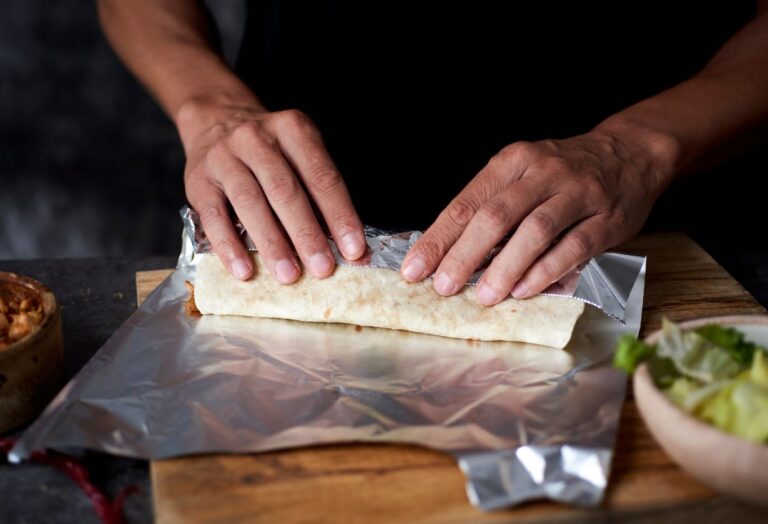
Contents
When it comes to packaging products, especially small items, custom blister packaging is a go-to solution for many businesses. Whether you’re a manufacturer, retailer, or a small business owner, understanding how custom blister packaging can benefit your products is crucial. In this comprehensive guide, we’ll dive into everything you need to know about custom blister packaging.
What is Custom Blister Packaging?
Blister packaging is a type of pre-formed plastic packaging used for small consumer goods, foods, and pharmaceuticals. It consists of a cavity or pocket made from a formable web, usually a thermoformed plastic. This plastic is then sealed to a backing material such as paperboard, aluminum foil, or plastic.
Custom blister packaging takes this concept a step further by tailoring the design to fit the specific dimensions, branding, and functional needs of your product.
Benefits of Custom Blister Packaging
- Product Protection: Custom blister packaging provides excellent protection for your products. The rigid plastic casing shields the contents from physical damage, moisture, and tampering.
- Visibility and Appeal: With clear plastic, customers can see the product without opening the package. This transparency boosts consumer confidence and enhances the visual appeal of the product on the shelf.
- Customization: Tailor the packaging to your brand’s aesthetics and specific product requirements. This customization can include unique shapes, colors, and branding elements that make your product stand out.
- Cost-Effective: Blister packaging is generally cost-effective, especially for high-volume production. It reduces packaging material waste and can be automated for efficiency.
- Security: Custom blister packs can include features like tamper-evident seals, which are crucial for products that need to ensure safety, such as pharmaceuticals.
Types of Custom Blister Packaging
There are several types of blister packaging, each suitable for different applications:
- Face Seal Blister: The plastic blister is sealed to the front of a blister card, leaving the edges exposed. This type is common for lightweight items like toys and hardware.
- Full Face Seal Blister: The blister extends over the entire surface of the card, providing more security and a cleaner look. It’s often used for higher-value items.
- Trapped Blister: The blister is trapped between two cards, offering superior security and protection. This type is frequently used for heavy or expensive products.
- Slide Blister: The blister is attached to a backing card that can slide in and out, allowing for easy access while still providing a degree of security.
How to Design Custom Blister Packaging
Creating effective custom blister packaging involves several steps:
- Product Analysis: Understand the dimensions, weight, and fragility of your product. This will influence the design and materials used.
- Material Selection: Choose the right materials for the blister (PVC, PET, etc.) and the backing (paperboard, foil, etc.). Consider factors like clarity, durability, and sustainability.
- Design Layout: Work with a designer to create a blister that not only fits the product but also aligns with your branding. This includes color schemes, logos, and other visual elements.
- Prototype Development: Create a prototype to test the fit and functionality. Make any necessary adjustments before moving to full-scale production.
- Production and Quality Control: Use automated machinery for efficient production. Implement quality control checks to ensure consistency and reliability.
Environmental Considerations
With growing environmental concerns, many companies are seeking eco-friendly blister packaging options. Here are some tips:
- Use Recyclable Materials: Opt for materials like PET, which is widely recyclable, or paper-based blisters for a more sustainable option.
- Reduce Material Usage: Design packaging that uses the minimum amount of material necessary to protect and display the product.
- Consider Biodegradable Options: For certain applications, biodegradable plastics can be an excellent choice, although they might come at a higher cost.
Conclusion
Custom blister packaging offers a versatile, attractive, and protective solution for a wide range of products. By understanding the types, benefits, and design considerations, you can make informed decisions that enhance your product’s appeal and functionality. Whether you’re launching a new product or looking to improve existing packaging, custom blister packaging can help you achieve your goals.
If you’re considering custom blister packaging for your products, now is the time to explore the possibilities. Not only will it protect and showcase your products, but it will also reinforce your brand’s commitment to quality and innovation.